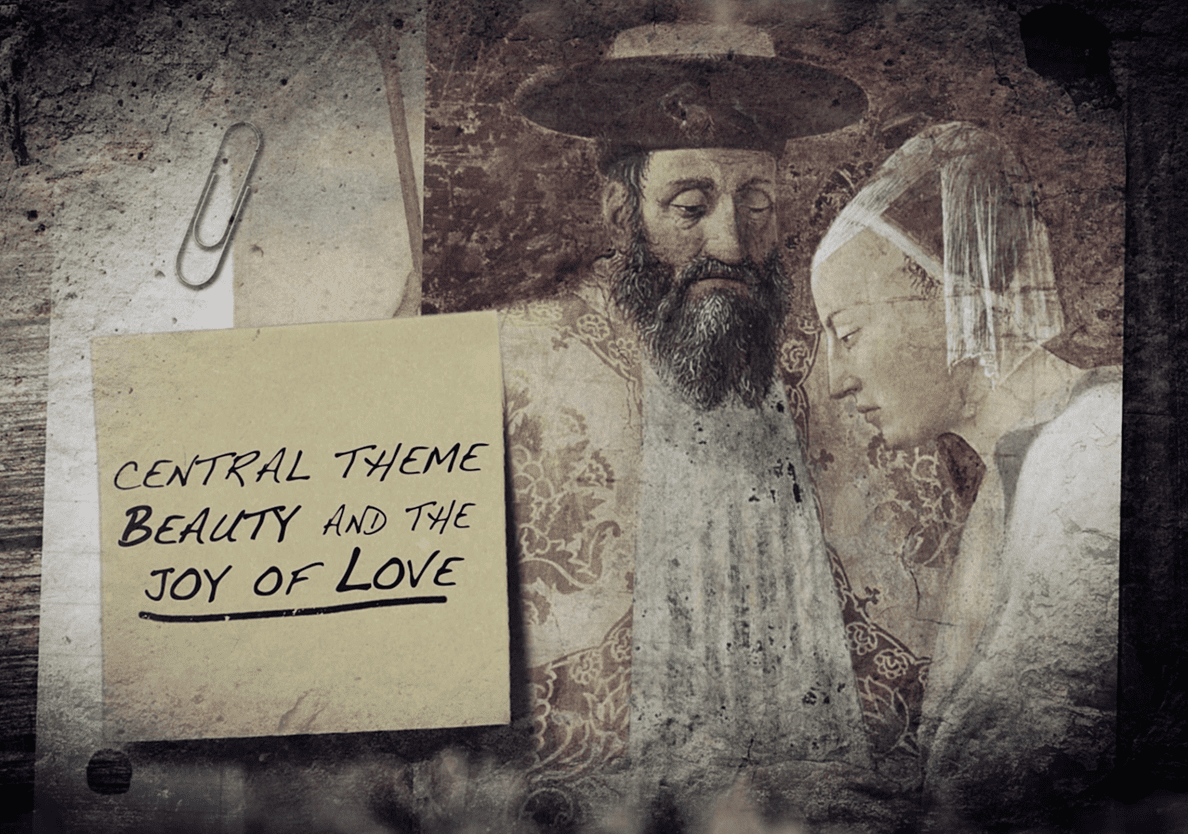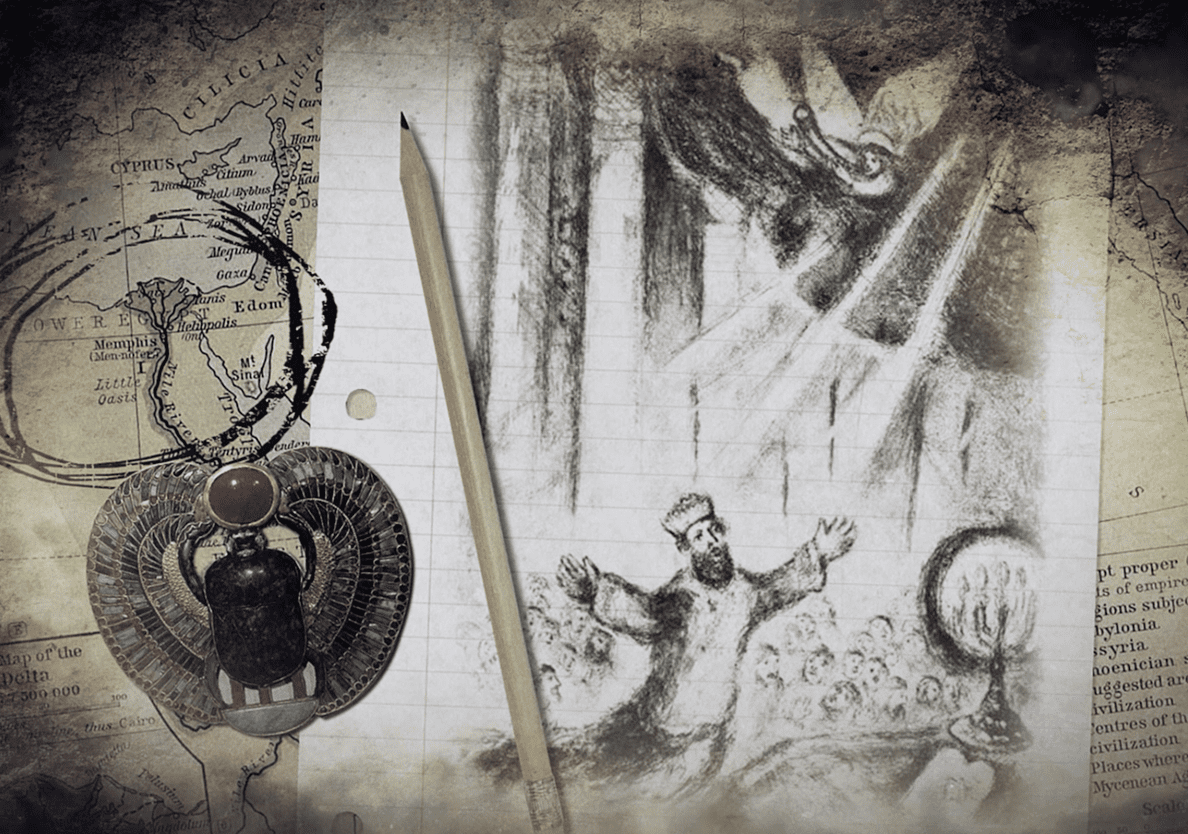The first sentence in the Biblical book of Song of Solomon makes a claim of authorship: “The Song of Songs, which is Solomon’s”. That Solomon, the third king of Israel and son of David wrote this poetry was taken for granted throughout Jewish and Christian history, and even today stands with more than just tradition behind it. This evidence for authorship has to do with the book’s genre: It’s poetry, but it isn’t overtly about God; it’s not really wisdom literature, though it is grouped with it in the Bible for convenience sake; and it’s romantic, a stretch indeed from the often beautifully worded, but rarely sensual bulk of the Scriptures. This Song of Solomon, then, while a part of the Scriptures, fits into the generally non-Biblical genre of love poetry.
“With what the Bible tells us of Solomon’s connection with Egypt, and his love for writing, it’s then not surprising to find a book like this with his name on it.”
Some scholars have tried to make a connection between Song of Solomon and the Mesopotamian poems and traditions of The Sacred Marriage, but the differences between the two outweigh any similarities.[1] The Sacred Marriage poems, which have survived in five versions, tell of a love story between a god and his sister. These poems are cultic and ritualistic in that the god’s representative, the king, and the priestess of the female god’s order acted them out in a yearly ritual of sacred marriage. Failure to do so would impact fertility and productivity of the nation. The Song of Solomon does not contain any rituals or mentions of fertility; its central theme revolves around beauty and the joy of love from a human perspective.


A better comparison to Song of Solomon is found in ancient Egyptian Love Songs (1300-1150BC). All three of the categories that they have been arranged into by modern scholars are represented in the Song of Solomon: Descriptions of physical attributes, songs of a lover at his mistress’ door, and lovers parting in the morning.[2] This indicates that the Song of Solomon was written purposefully in the style of this literary tradition. With what the Bible tells us of Solomon’s connection with Egypt (1 Kings 3:1), and his love for writing (1 Kings 4:32-34), it’s then not surprising to find a book like this with his name on it.
Song of Solomon was also written in a chiastic form, meaning it builds up to its central theme and then mirrors back to the first theme. In the body of the book and within this chiastic artistic form, Solomon’s name is found perfectly balanced seven times: twice in the first section, three times in the middle, twice in the last section.

Corie Bobechko is a daily co-host, speaker, and writer of Bible Discovery. She also hosts a YouTube channel that shows how history and archaeology prove the Bible. Her heart for seekers and skeptics has led her to seek truth and share it with others. Corie also has a Bachelor of Theology from Canada Christian College.






